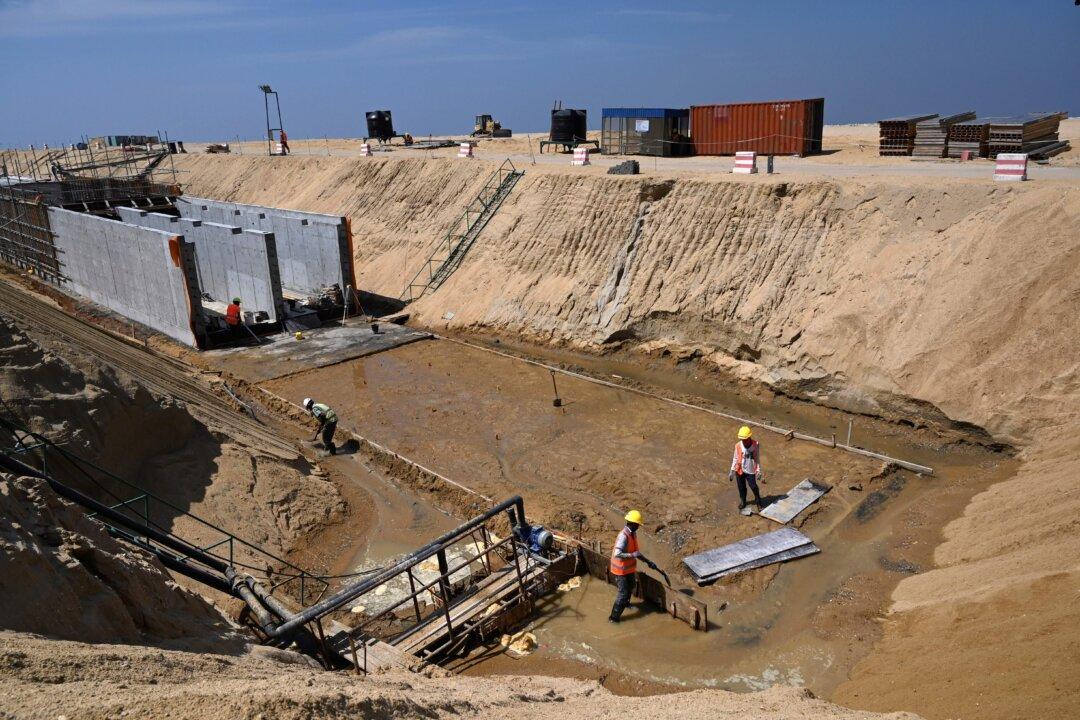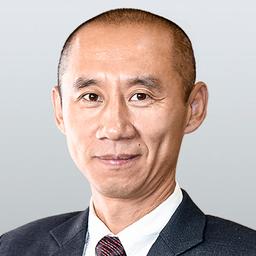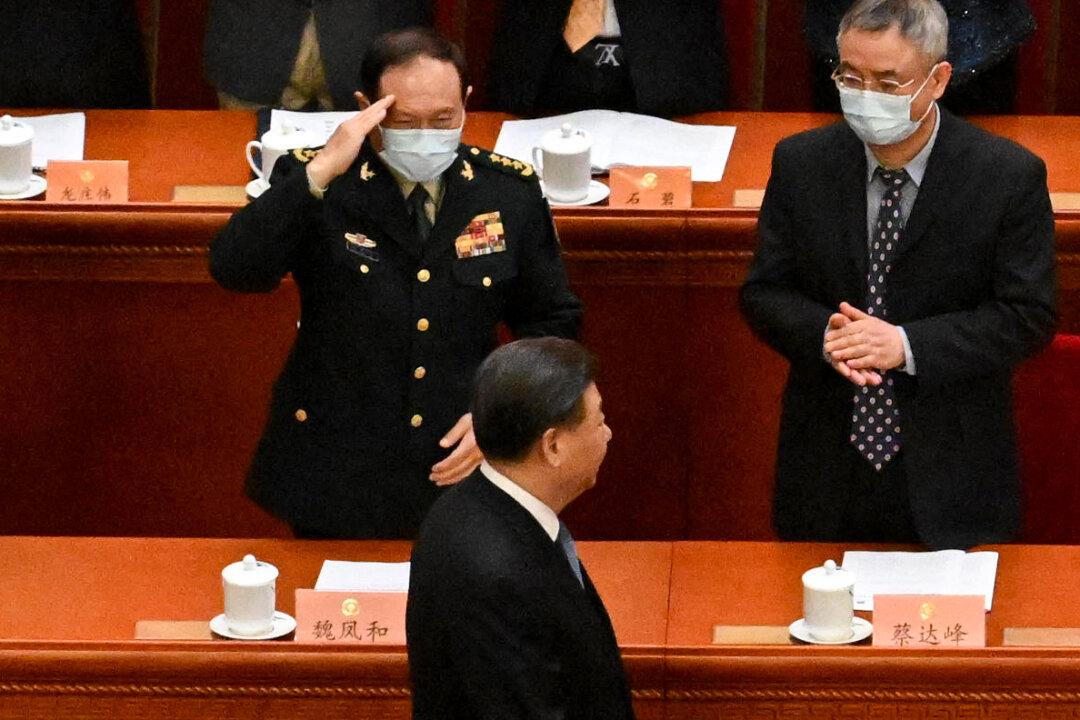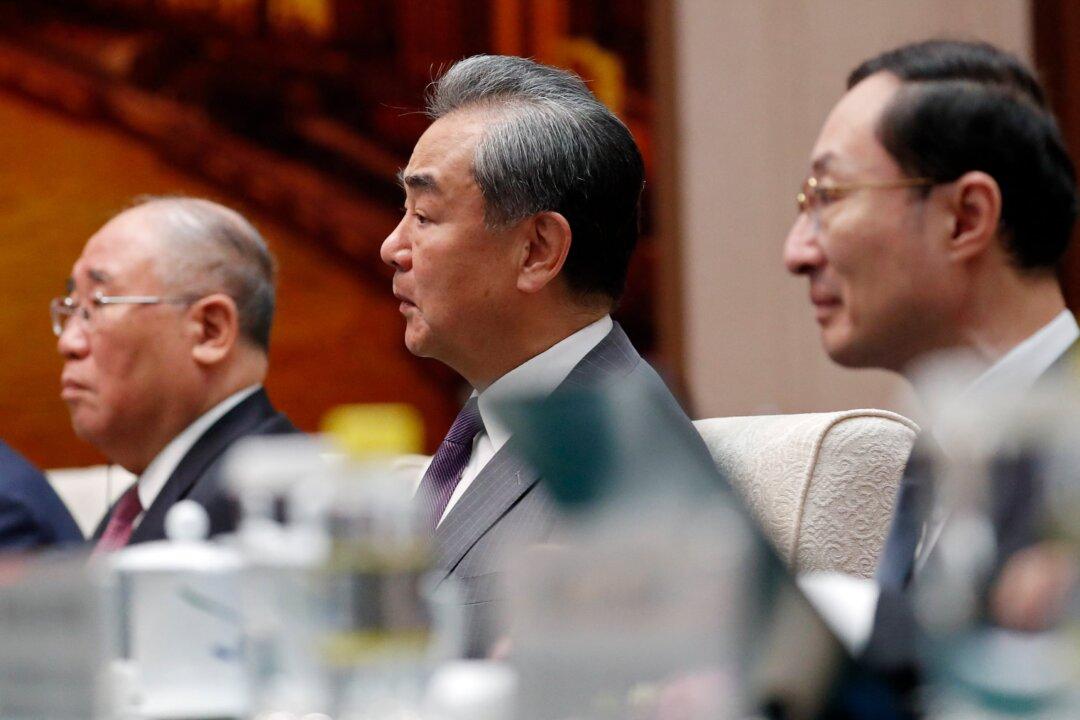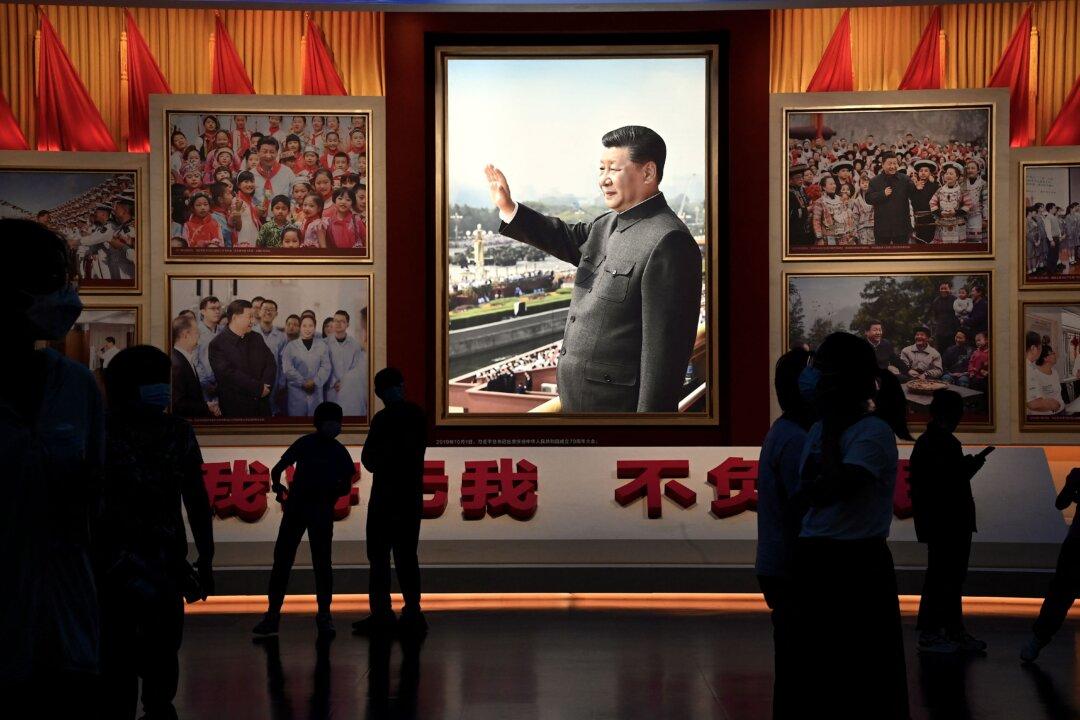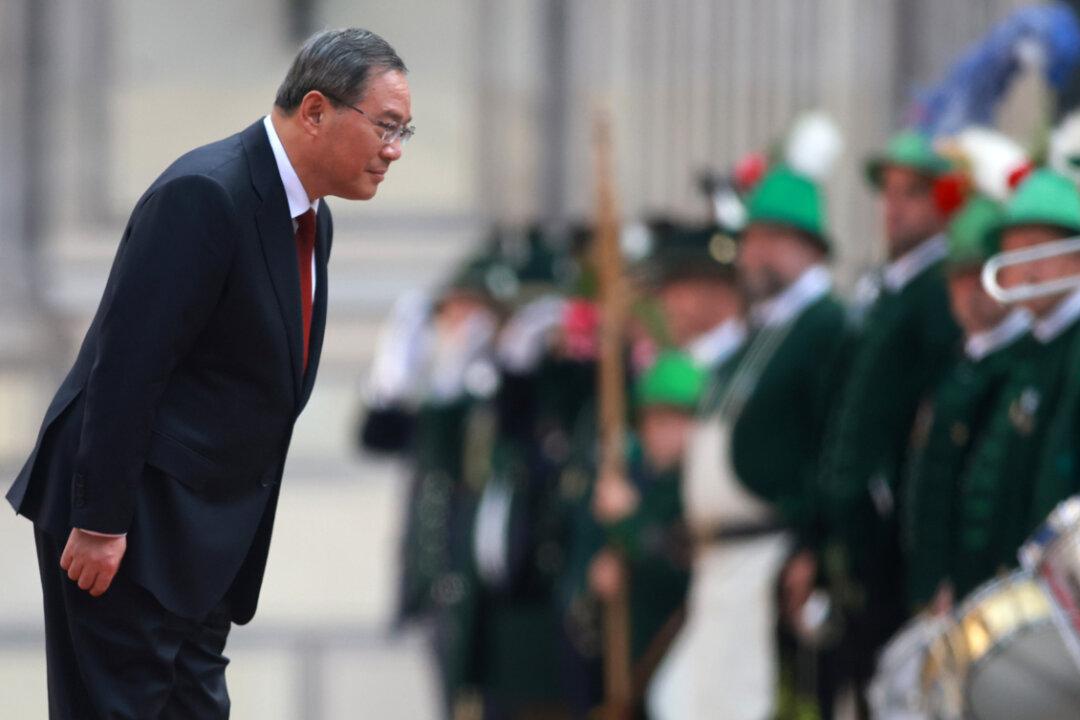Prior to the G20 summit in New Delhi, Indian Prime Minister Narendra Modi indirectly criticized the Chinese communist regime for taking advantage of the crisis of other countries to make huge profits while creating debt traps for these countries. India, which holds the G20 presidency this year, is still pushing for debt relief for poor countries.
Speaking in an exclusive interview with Business Today, Mr. Modi emphasized the importance of financial discipline and the need for countries to safeguard themselves from financial indiscipline.
